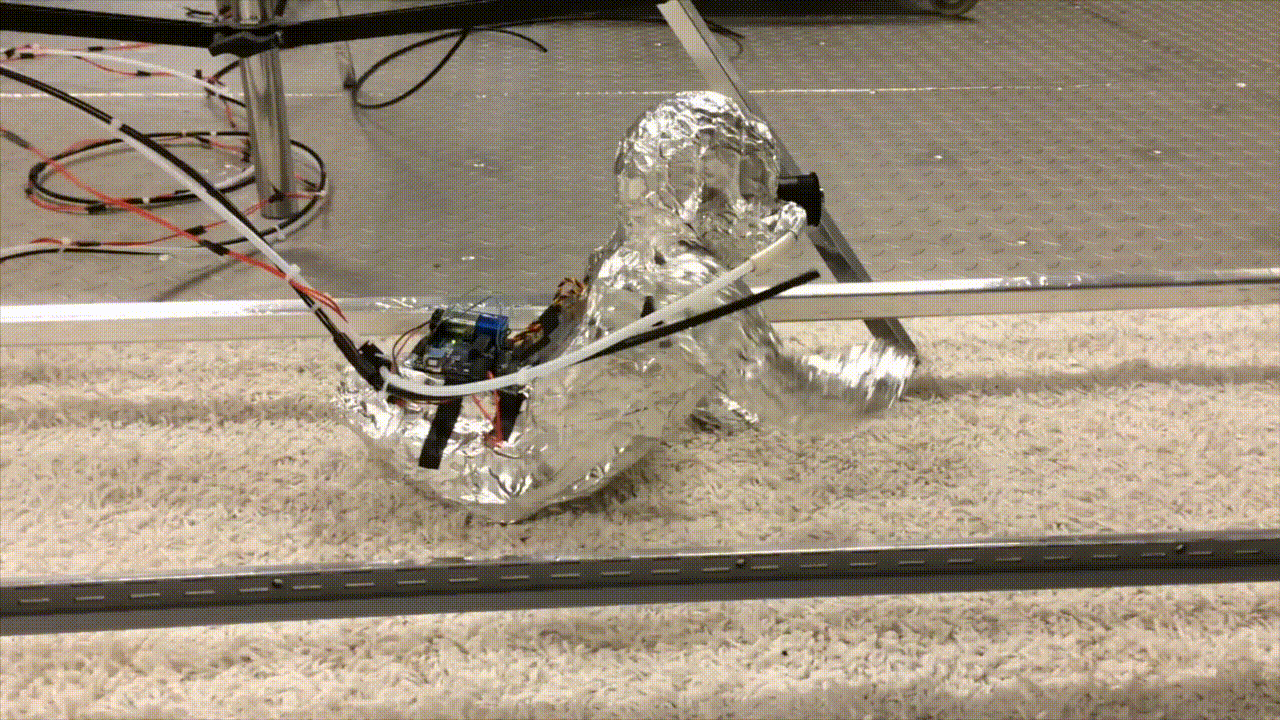Fighting COVID-19 with computational approaches to repurposing existing drugs
In my post from February 4th on the early stages of the COVID-19 outbreak, the number of confirmed cases was 20,000. Now, the number is more than 100 times higher, with over 2.6 million confirmed cases worldwide. The race to find treatments is urgent.
As the medical professionals battle COVID-19, researchers are working to find a treatment. There’s been reporting of anecdotal successes with various medicines, which is critical since the need for therapeutic treatment is urgent while a vaccine is still a long way off.
Repurposing existing drugs is one avenue under exploration: What if an existing drug or drugs that have undergone the required testing and regulatory process could help those affected by the pandemic today?

A scanning electron microscope image shows SARS-CoV-2 (yellow)—also known as 2019-nCoV, the virus that causes COVID-19—isolated from a patient in the U.S., emerging from the surface of cells (pink) cultured in the lab. Image credit: NIAID-RML
A Time Magazine article, Vaccines, Antibodies and Drug Libraries. The Possible COVID-19 Treatments Researchers Are Excited About, states, “Repurposing drugs designed to treat other diseases to now treat COVID-19 is one of the quickest ways to find a new therapy to control the current pandemic.”
“Such off-label use in using a drug approved to treat one disease to treat another is allowed, especially during a pandemic when no other therapies are available,” says Alice Park, Time Magazine.
A computational approach to identifying drugs to fight COVID
The world doesn’t have the luxury of waiting for typical drug development and approval cycle, which can take years to complete. With the urgency of the COVID epidemic, many of the researchers are trying to speed the discovery process. They are turning to computational approaches to determine which existing medicines show the most promise.
Network medicine – an application of network science to the development of drugs – and machine learning are being used to evaluate how existing drugs could potentially help the thousands affected by COVID-19. By narrowing the multitude of available drugs, and drug combinations, to a targeted set, trials can focus on the most promising options.
To do this, the researchers from the Cleveland Clinic mapped genetic similarities between COVID-19 and other previous human coronaviruses, including the earlier form of SARs. The proximity calculations were completed in MATLAB. They focused on the proteins the viruses target. Once they derived the similarities in the targeted proteins, they could search for drugs that interact with those specific proteins.

(a) Phylogenetic tree of coronavirus (CoV). (b) Schematic plot for HCoV genomes. Link to image and full caption. Image credit: Feixiong Cheng et. al.
Repurpose existing medications to fight the new virus
Combining a network map of drug-gene relationships and bioinformatics analyses, the researchers created a methodology that can identify drugs – and combinations of drugs – that are likely to fight COVID-19. Their paper, Network-based drug repurposing for novel coronavirus 2019-nCoV/SARS-CoV-2, was published in Nature on March 16th.
The researchers used the whole-genome sequence data from 15 human coronaviruses and inspected their evolutionary relationship. They discovered COVID-19 shared the most overlap with SARS-CoV. The researchers found that 47 human proteins (39%, blue nodes in the figure below) can be targeted by at least one approved drug or experimental drug under clinical trials.

Network-based rational design of drug combinations for 2019-nCoV/SARS-CoV-2. Image credit: Feixiong Cheng et. al.
Narrowing the target list of drugs from 2930 to 16
In total, they identified 135 out of 2938 evaluated that had significant proximities to the drug targets. “Scoring” these drugs, it was further narrowed to 16 potential repurposable drugs. The list includes melatonin, mercaptopurine, and sirolimus. They identified an additional three potential drug combinations, where the drugs would target different areas of the network model.
The code is shared on Github. The proximity calculations are here.
Additionally, the research references a deep learning paper, Target identification among known drugs by deep learning from heterogeneous networks, which uses MATLAB for deep learning. The code is here.









Comments
To leave a comment, please click here to sign in to your MathWorks Account or create a new one.